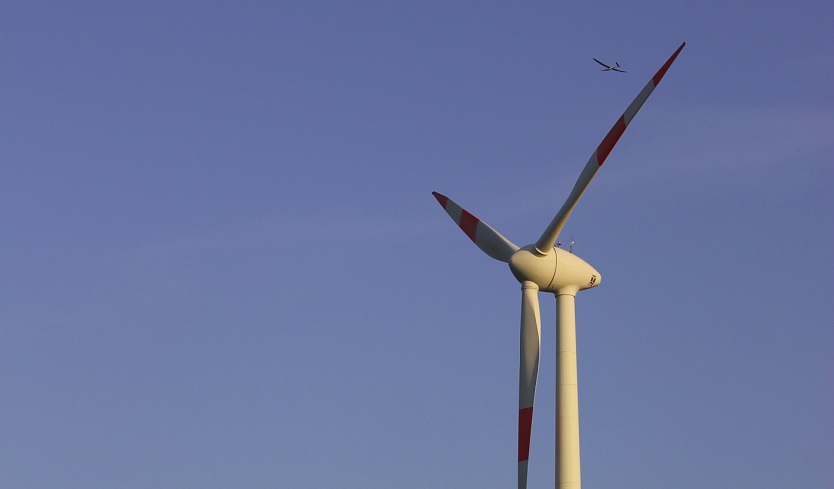
Flyby of a MASC-3 drone at the wind park Jade at the North Sea
© Moritz Mauz/Universität Tübingen (Own recording of the measuring campaign)
Offshore wind farms offer a number of advantages when it comes to the low-cost generation of renewable energies. Strong, steady winds out at sea make for the reliable and planable generation of energy. Due to their favourable location, offshore wind farms can produce twice as much electricity as comparable farms on land. By 2030, 15 GW power turbines are to be installed just off the German coastline in order to supply up to 15 million households with climate-friendly electricity. Both, the construction and the operation and maintenance of such offshore wind farms involve high costs and pose a greater technical challenge for the operators.
This is what the HeliOW project is addressing. The aim of the project is to create guidelines for the safe operation of helicopters for maritime use by means of practical tests, simulations and data evaluations.
The research project is conducted by the Institute for Geosciences of the University of Tübingen in collaboration with the Chair of Helicopter Technology at the Technical University of Munich’s Department of Mechanical Engineering, the Institute for Aerodynamics and Gas Dynamics of the University of Stuttgart and the German Aerospace Center.
In a first step, unmanned research aircrafts, so-called Multi-Purpose Airborne Sensor Carriers (MASC), will measure the wind fields and turbulences around the offshore wind farms. The focus will be on measuring interferences in the wind field as well as on the reciprocal effects of the bordering atmospheric layer in the vicinity of the plants. The data gained from these analyses will serve to verify previous numerical simulations. The wind direction and strength, turbulences and the atmospheric layer will, for instance, be taken into account. The helicopter’s downwash will also be considered in the simulations. Finally, recommendations will be made for real-life operations to ensure that the safe minimum distance, the required minimum visual range and the maximum permissible wind strengths and turbulences are known.
The project is being funded until the end of 2019 by the Federal Ministry for Economic Affairs and Energy (BMWi) as part of a joint research project.


